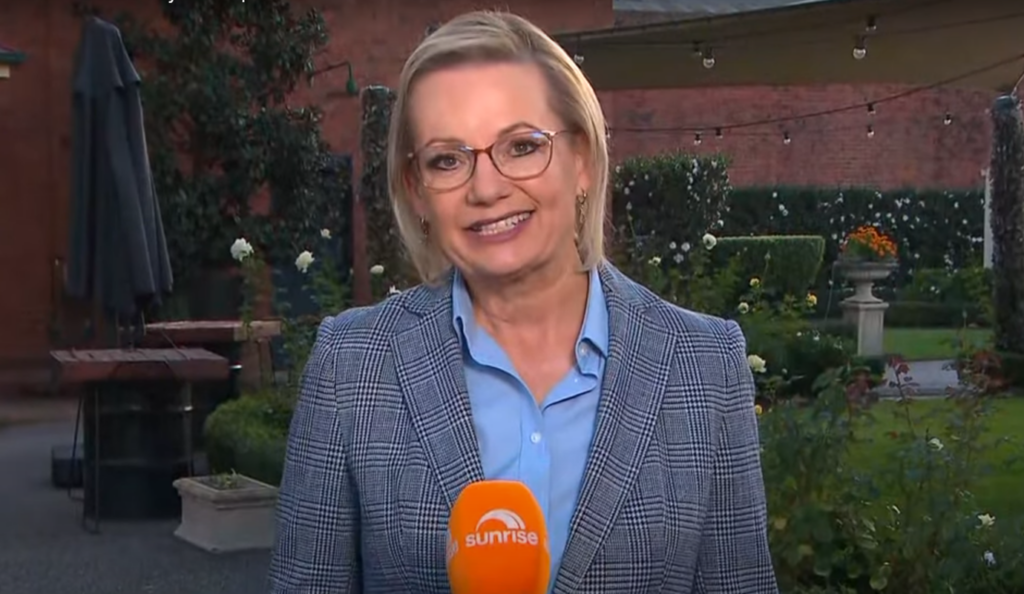The Liberal Party has long grappled—or some may argue, wilfully ignored—its problem with Australian women.
Now, in the days after its catastrophic defeat, deputy leader Sussan Ley has emerged as a frontrunner to take on the leadership. She faces competition in the form of Angus Taylor, the shadow treasurer who has been blamed for the party’s dire lack of economic policy.
Speaking on Sunrise this morning, Ley said “We did let the women of Australia down.”
“That’s part of the conversations I have been having and we will continue to have. We have to understand why people didn’t support us, that they weren’t inspired by our policy offerings and that they didn’t believe we were the best choice to lead the country forward.”
While the parliament’s house of representatives will have more women MPs than ever, just a very small handful of Liberal women will hold a seat. The party, under Dutton’s leadership, primarily ignored Australian women and their needs, and as a result, it became even more irrelevant to women voters.
So what does it mean if Sussan Ley is elected as new Liberal leader next week?
There’s no doubt that Ley is the best choice for the job. She is experienced and capable of appealing to moderate voters who have been disenfranchised by the party’s shift to the right. In the days after the election loss, she spoke about the need for a “fresh approach”.
She’s also been backed by party heavyweights, including former Liberal premiers Jeff Kennett, Nick Greiner and Barry O’Farrell, as well as retiring senator, Linda Reynolds.
If she’s successful, Ley would become the first woman to lead the party, and the Coalition. But with the Liberal Party in its worst state in generations, contending with massive talent loss and disagreement over its future direction, what kind of role would she be agreeing to take on?
We’ve long talked about the “glass cliff” phenomenon, where women are elevated into positions of leadership in times of crisis, essentially to clean up the mess. As academic Michelle Ryan has explained previously, “We see the glass cliff as a relatively new and reasonably subtle form of prejudice that occurs once women start to shatter the glass ceiling.”
“The increased scrutiny and risk of failure makes such positions likely to be stressful and sub-optimal,” Ryan wrote.
Male leaders on the other hand, are often better placed to bide their time and wait for a more appealing opportunity to take on leadership roles.
When asked about it on Sunrise, Ley said she was familiar with the concept of the glass cliff, but didn’t see it being relevant to her situation.
“These terms come and go,” Ley said. “They don’t, in my view, relate to what’s happening now.”
“I’m putting my hand up now. I’m determined and convinced that I am the right person to lead the party forward at this time, and I think my appointment would send a strong signal to the women of Australia,” she continued.
“But it’s about much more than that, it is about the policy offering. It is about what modern Australia expects of us as liberals. It is about working collegiately across our party, and it is about a strong work ethic, something that I’m known for in our party and in our country, and I’m not going to take a backward step.”
Whether or not Ley subscribes to the phenomenon of the glass cliff, there’s no denying the Liberals are in crisis. Whoever takes on the leadership has a hell of a job ahead of them.
Revitalising and unifying a party that has lost its way and its relevance with voters is not an easy feat and over the next three years, failure is more likely than not.
And while it’s about time the Liberal Party saw a woman elevated to its top job—Labor first did so in 2010—it may not be the sign of progress we’d hoped for.


